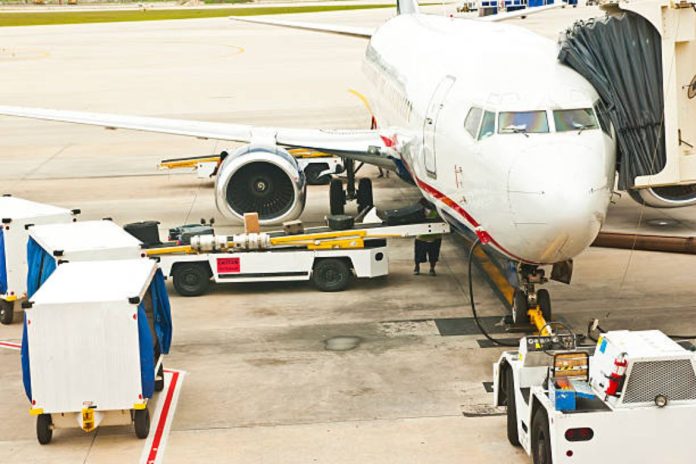Introduction
Safety is paramount in aviation. One critical emergency procedure that often captures public attention is the dumping of fuel. While rare, this maneuver is vital to ensuring safety in critical situations. But why do aircraft need to dump fuel, and how is it done safely? This article explores the intricacies of this emergency procedure.
Understanding Fuel Dumping
Aircraft dumping fuel is a process aircraft use in emergencies that necessitate an immediate landing. Typically, aircraft are designed to land at a certain maximum weight. For long-haul flights, planes take off with more fuel than this landing weight allows. If an emergency occurs shortly after takeoff and the aircraft needs to land sooner than planned, it may be too heavy. This is where fuel dumping comes into play.
The procedure involves releasing fuel from the aircraft’s wings to reduce its weight rapidly. This is done in various ways; modern aircraft are equipped with specialized systems designed to release fuel in a controlled manner, ensuring it disperses and evaporates before reaching the ground.
Safety and Environmental Considerations
Safety is the primary concern when dumping fuel. The procedure is only performed in specific circumstances where the risk of flying longer with a technical issue outweighs the potential safety hazards of an overweight landing. Pilots consult with air traffic control to ensure the aircraft is in a suitable location, typically over unpopulated areas or at higher altitudes where the fuel will evaporate.
Environmental impact is also a significant consideration. Although most dumped fuel evaporates, aircraft manufacturers and airlines continually research ways to minimize environmental effects. Innovations in aircraft design aim to reduce the need for fuel dumping in future models.
The Process of Dumping Fuel
The decision to dump fuel is not taken lightly. Pilots and crew undergo extensive training to handle such scenarios. When the decision is made, the pilots activate the fuel dumping system. The fuel is released through valves at the wingtips, where it is least likely to come into contact with the aircraft structure and engines.
The aircraft then circles or flies a predetermined pattern to decrease its weight to safe landing thresholds. Flight instruments and ground control closely monitor this process to ensure everything goes as planned.
Conclusion
Dumping fuel is an emergency measure reserved for situations where the safety benefits significantly outweigh the potential downsides. With ongoing advances in aviation technology, the future may see a decrease in the need for fuel dumping as aircraft become more efficient and capable of safer emergency landings even at higher weights. Understanding the how and why of this procedure reassures us about the incredible lengths the aviation industry goes to maintain safety in the skies.







